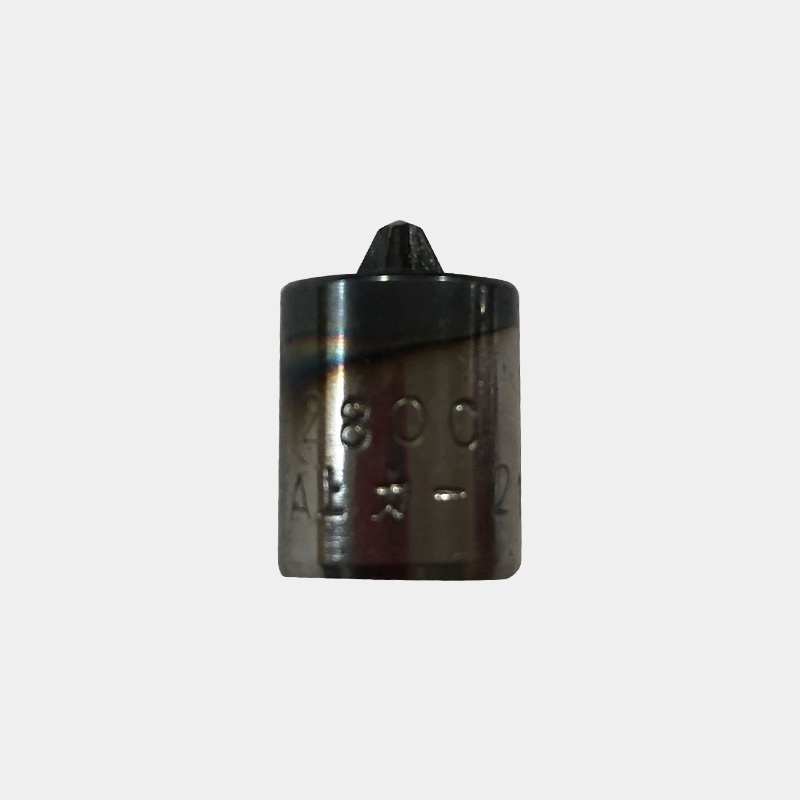Screw Second Punch: A Critical Component in Precision Fastener Manufacturing
2025-02-11
In the fastener manufacturing industry, precision and durability are key factors in producing high-quality screws. One essential tool that plays a crucial role in this process is the screw second punch. Designed for use in cold heading machines, this specialized punch helps shape the screw head and other intricate details, ensuring consistency and accuracy in mass production.
What Is a Screw Second Punch?
A screw second punch is a hardened steel tool used in the second stage of screw manufacturing. After the initial shaping of the screw blank in the first punch, the second punch refines the head design, including drive recesses such as Phillips, Pozidriv, Torx, and other custom shapes. This step ensures that screws meet the required specifications for strength, precision, and functionality.
The Role of a Screw Second Punch in Manufacturing
1. Head Formation
The second punch finalizes the shape of the screw head, ensuring uniform dimensions and structural integrity. This is especially important for screws used in industries such as automotive, construction, and electronics.
2. Drive Recess Creation
Whether it is a cross-recess for a Phillips screw or a hex socket for an Allen screw, the second punch imprints the necessary drive pattern. This ensures that tools can properly engage the screw for secure fastening.
3. Surface Finishing and Detailing
During the punching process, the tool helps refine surface details and removes excess material, improving the screw’s aesthetic and functional quality.
4. Enhancing Durability
By compressing the metal under high pressure, the second punch contributes to the screw’s hardness and durability, making it resistant to wear and deformation.
Key Features of a High-Quality Screw Second Punch
1. High-Grade Material
Typically made from tungsten carbide or high-speed steel, a durable second punch withstands extreme pressure and repeated impact, ensuring longevity and consistent performance.
2. Precision Engineering
A well-manufactured second punch must be designed with exacting tolerances to produce screws that meet industry standards. Precision machining ensures clean and accurate recesses for efficient tool engagement.
3. Wear and Corrosion Resistance
Surface treatments such as titanium or nitriding coatings enhance the punch’s durability, reducing friction and preventing premature wear.
4. Customization Options
Different industries require different screw head designs. Custom punches can be manufactured to accommodate unique specifications, ensuring compatibility with various applications.
Applications of Screw Second Punches
Screw second punches are used in various industries that demand high-quality fasteners, including:
- Automotive Industry: Used in vehicle assembly, where strong and precisely engineered screws are required.
- Electronics Manufacturing: Essential for producing tiny, high-precision screws for smartphones, laptops, and other devices.
- Construction and Hardware: Ensures durability and strength in screws used for buildings, furniture, and heavy-duty machinery.
- Aerospace Industry: Provides precision and reliability in critical fasteners for aircraft and spacecraft.
Conclusion
The screw second punch is a fundamental tool in fastener production, ensuring that screws are strong, precise, and functionally reliable. By selecting high-quality materials, advanced machining techniques, and proper maintenance, manufacturers can maximize efficiency and product performance. As the demand for precision fasteners continues to grow, advancements in second punch technology will further enhance the quality and durability of screws used across various industries.



